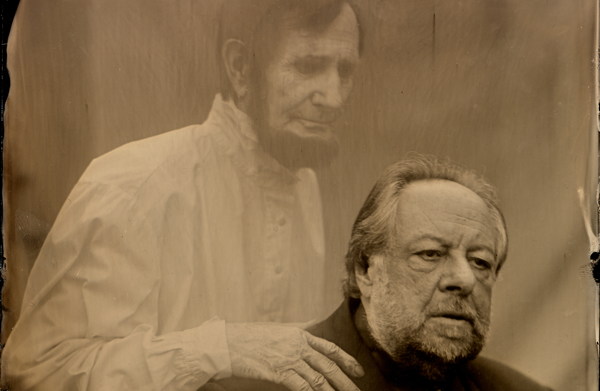The opening of “Making Good Use of Bad Timing,” Matthew Hutson’s Nautilus article which reminds that while memory is usually (though not always) inelastic, it is malleable:
“Suppose a woman suffering a headache blames it on a car accident she had. Her story is plausible at first, but on closer examination it has flaws. She says the car accident happened four weeks ago, rather than the six weeks when it actually occurred. Plus she recalls her headache coming on sooner than it actually did. Steven Novella, a neurology professor at Yale University, says it’s an honest mistake. Novella’s patients frequently manipulate time, he says, something made clear by comparing their stories to their medical records. ‘People are horrible historians,’ Novella says. ‘Human memory is a malleable subjective story that we tell ourselves.’
We tend to think that coffee makes us alert and pills soothe our aches faster than they actually do, for the same reason that a patient might move their accident closer in time to their headache. In our inner narratives, less time passes between perceived causes and effects than between unrelated events. Such mistakes, called temporal binding, slip into the conjectures we make when connecting the scenes of our lives. Like photos in an album, the causal links between them must be inferred. And we do that, in part, by considering their sequence and the minutes, days, or years that pass between them. Perceptions of time and causality each lean on the other, transforming reality into an unreliable swirl.”

